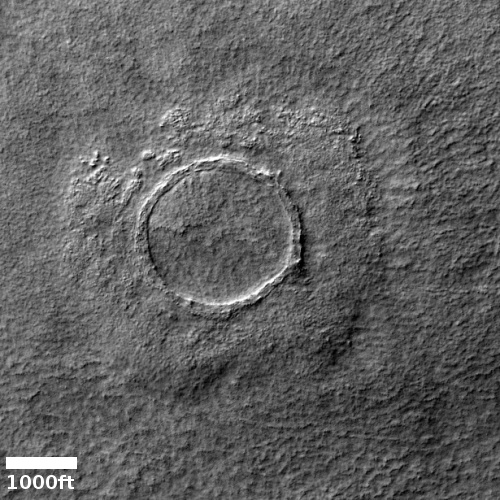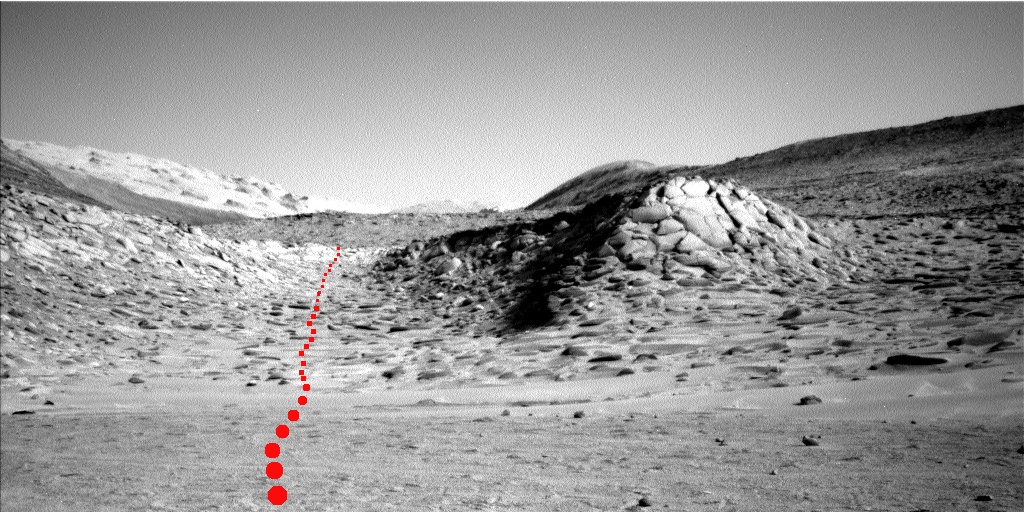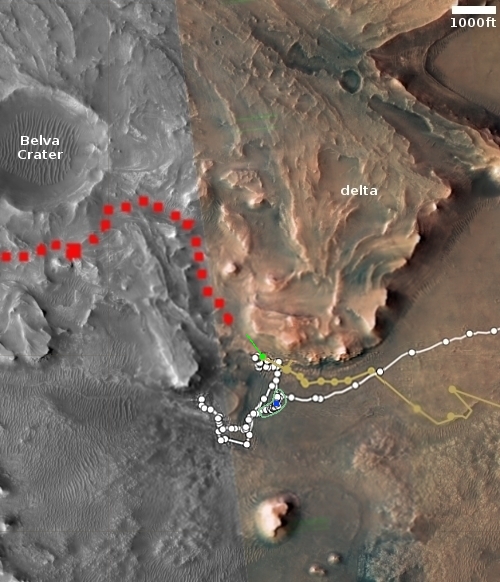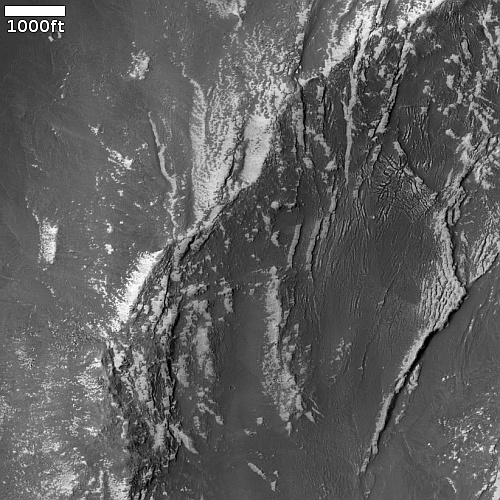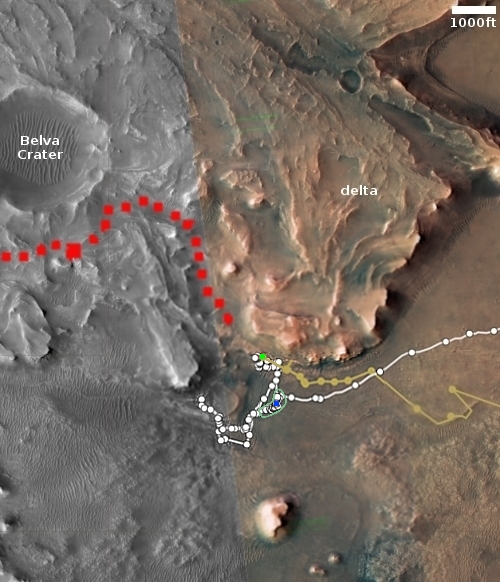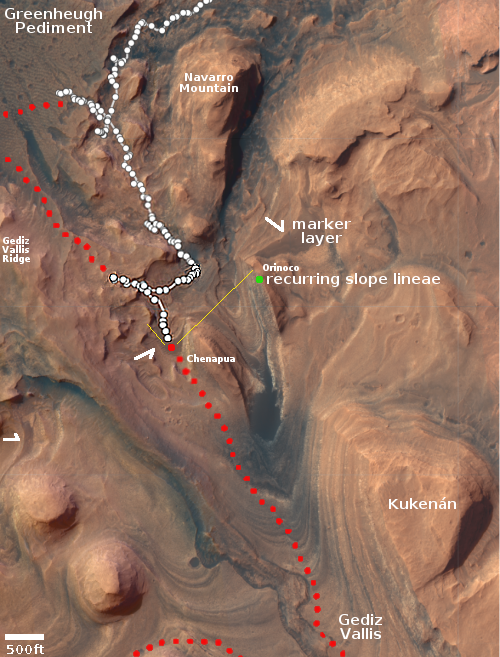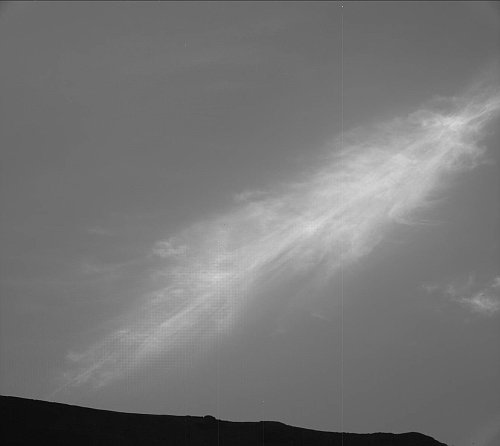
The Houck Family: Targets of FBI harassment and arrest.
Back in September 2022 I wrote an essay entitled “The rising federal Gestapo” in which I described the numerous recent stories of the Biden administration using the FBI and the Department of Justice as weapons to harass its political opponents, either by conducting armed raids on their homes and persons, or by trumping up false charges against them.
Mark Houck, the father in the picture the right, was one of those under attack. Not only was his home raided by an FBI SWAT team, terrifying his children, but Houck was arrested on a trumped up charge of physically attacking a worker at an abortion clinic, a charge that had other courts had already dismissed as spurious.
The good news yesterday is that Houck has been found innocent of that trumped up charge.
At first it appeared the jury was deadlocked, but that changed instantly when one juror was replaced with an alternate. Within an hour the not-guilty verdict was in, strongly suggesting that juror had had a political ax to grind and was refusing to follow the facts of the case or the judge’s instructions.
As I wrote in that September essay,
In the past two years the effort by Democrats to portray Republicans criminals and traitors, merely because they disagree with Democratic Party policy, has become normalized. To Democrats today, if you are a Republican you are a fascist, an insurrectionist, a traitor, a criminal, and evil. Your rights are voided and they have the right to arrest you, at any time.
The Biden administration tried to void Mark Houck’s rights. It failed in court. Was this vicious effort however a failure? I say no, because 1) the Biden administration remains free to continue this abuse of power and 2) conservatives have now been put on notice that, at any moment, their lives could be torn apart by these thugs.
In fact, this short post is only posted to give an update on a previous column. It is not today’s daily blacklist column, which will follow shortly and will give perfect example of how the abusive power-hungry in our culture now routinely abuse their power against any who oppose them.

